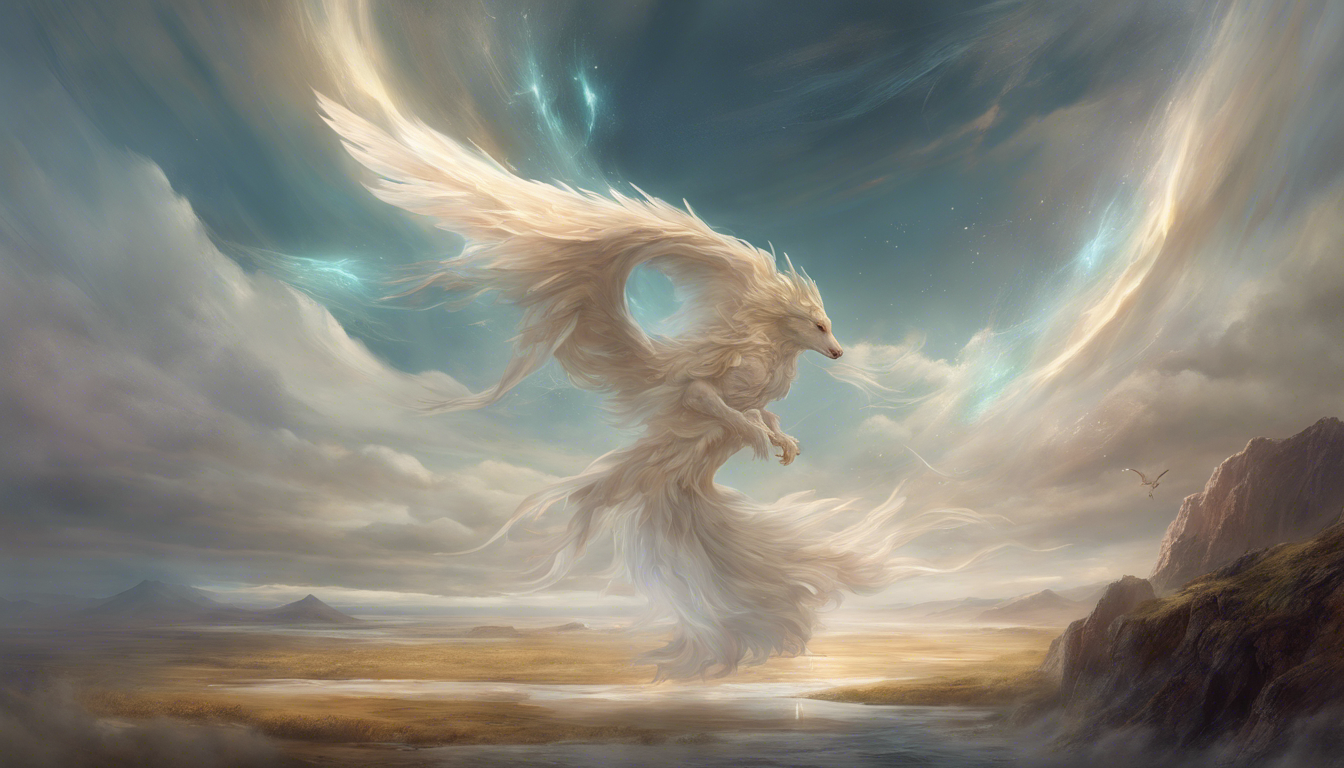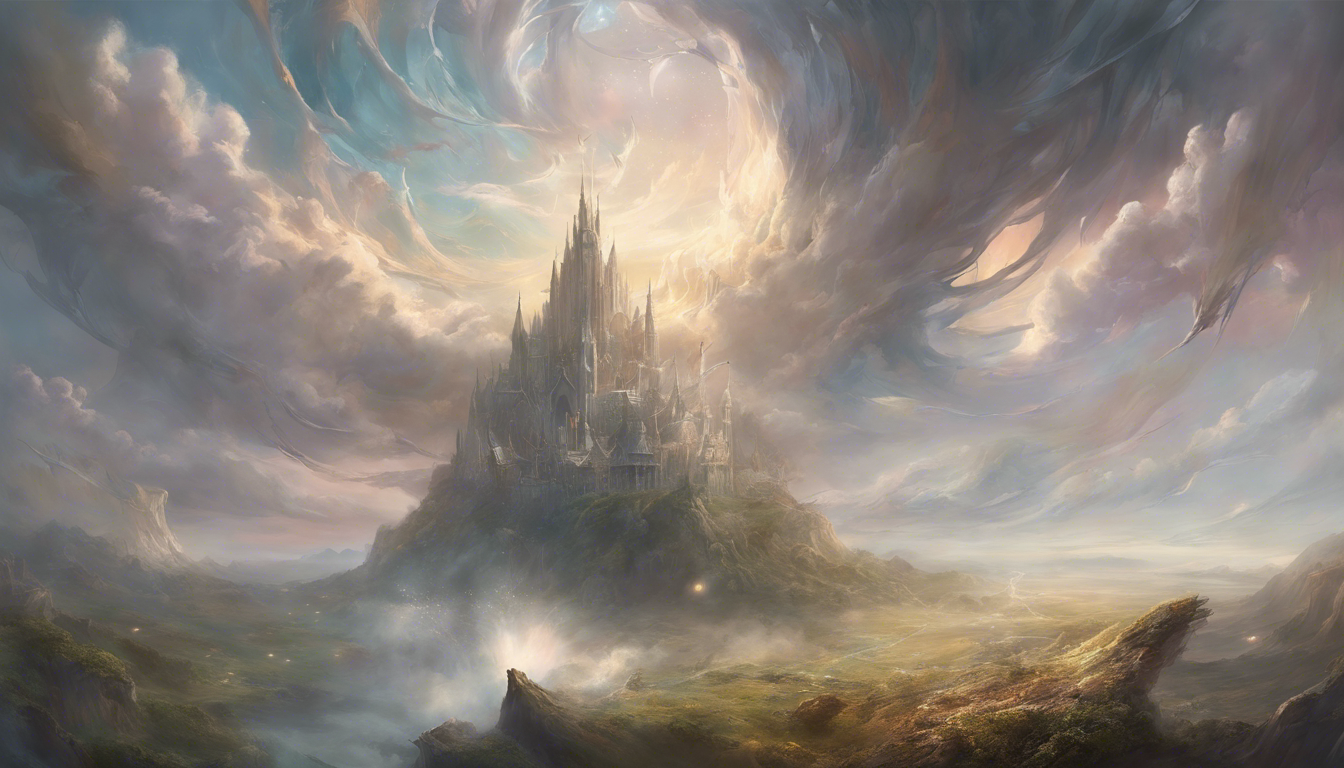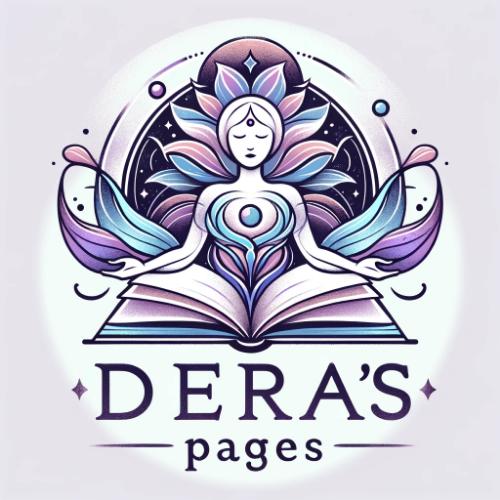Ancient Symbolism of Wind
The Essence of Wind in Ancient Cultures
In ancient cultures, the wind has always held a special place in spirituality and symbolism. It is considered a powerful force that connects the earthly realm with the divine. The wind is believed to carry messages from the heavens and is often seen as a messenger of change and transformation.
The Symbolism of Wind Direction
Throughout history, different wind directions have been associated with various meanings and symbolism. For example, in many Native American cultures, the East wind symbolizes new beginnings and renewal, while the South wind represents warmth and growth. Understanding the symbolism of wind direction can provide valuable insights into the natural world and spiritual beliefs of ancient civilizations.
The Wind as a Symbol of Freedom
Wind has often been symbolized as a representation of freedom and liberation. In many mythological tales, the wind is portrayed as a force that can set one free from constraints and limitations. The ability of the wind to travel freely and effortlessly across vast distances has inspired many cultures to see it as a symbol of transcendence and liberation.
The Healing Power of Wind
Ancient civilizations also believed in the healing power of the wind. In traditional Chinese medicine, for example, the wind was considered one of the fundamental elements that needed to be in balance for good health. Wind was believed to carry the life force or “qi” that could restore vitality and promote well-being.
Embracing the Wisdom of the Wind
Today, as we reflect on the ancient symbolism of wind, we can learn valuable lessons about the interconnectedness of all things in the universe. The wind teaches us to be adaptable, to embrace change, and to listen to the whispers of the divine. By attuning ourselves to the wisdom of the wind, we can navigate life’s challenges with grace and understanding.
Let us remember the ancient wisdom that the wind carries and allow its symbolism to inspire us on our spiritual journey.
Wind Symbols in Mythology

In various mythologies around the world, the wind holds a symbolic significance that transcends mere physical phenomenon. The wind is often seen as a powerful force, representing change, communication, spirituality, and transformation. In this article, we will explore the different wind symbols present in mythology and their meanings.
Aeolus: The God of Winds
In Greek mythology, Aeolus is the keeper of the winds. He is often depicted as a bearded man with a scepter, controlling the winds and determining their direction. Aeolus plays a crucial role in various myths, symbolizing the unpredictable yet influential nature of the wind.
Native American Wind Spirits
Many Native American tribes have their own interpretations of wind spirits. For example, the Navajo people believe in “Nayenezgani,” the Wind Slayer, who brings rain and fertility to the land. Wind symbols are used in ceremonies and rituals to invoke the powers of these spirits for protection and guidance.
Chinese Feng Shui and Wind Symbols
In Chinese culture, wind symbols play a significant role in Feng Shui, the practice of harmonizing individuals with their environment. Wind chimes, for instance, are believed to ward off negative energy and attract positive chi. The direction of the wind is also considered important in determining auspicious locations for buildings and structures.
Mystical Symbolism of Whirlwinds
Whirlwinds are often viewed as symbols of transformation and renewal in various mythologies. In Norse mythology, the god Odin can shape-shift into a whirlwind, symbolizing his ability to bring change and wisdom. Across different cultures, whirlwinds are associated with spiritual awakening and inner growth.
The wind symbols found in mythology are rich in meaning and symbolism, reflecting the deep connection between humanity and the natural world. By understanding and honoring these symbols, we can tap into their power and wisdom, guiding us on our spiritual journey.
Cultural Interpretations of Wind Symbols

From ancient times, cultures around the world have attached symbolic meanings to the wind, considering it a powerful force that often carries deeper significance beyond its physical presence. In this article, we will explore the diverse cultural interpretations of wind symbols across different societies, delving into their rich meanings and symbolism.
Native American Traditions
In Native American cultures, the wind is often seen as a messenger from the spirit world. Different winds, such as the warm south wind or the cold north wind, are believed to bring different energies and messages. For example, the Lakota people associate the north wind with wisdom and endurance, while the south wind signifies growth and transformation.
Asian Perspectives
In Asian cultures, particularly in Chinese and Japanese traditions, the wind symbolizes change, energy, and life force. In Chinese philosophy, the wind is one of the five elements and is associated with the wood element, representing growth, flexibility, and creativity. In Japanese art and literature, the wind often symbolizes impermanence and the transient nature of life.
African Symbolism
African cultures also have rich interpretations of wind symbols. In many African traditions, the wind is considered a powerful force that can carry both blessings and curses. For example, the Yoruba people of Nigeria believe that the wind carries messages from the ancestors and can influence human destinies.
European Mythology
In European folklore and mythology, the wind is often personified as a deity or spirit. For example, the ancient Greeks believed in Aeolus, the god of the winds, who controlled the four cardinal winds. In Norse mythology, the wind is associated with Odin, the powerful god of wisdom and war.
The cultural interpretations of wind symbols vary widely across different societies, reflecting the unique beliefs and philosophies of each culture. By exploring these diverse perspectives, we can gain a deeper understanding of the symbolic significance of the wind in human consciousness and collective imagination.
By delving into the spiritual and symbolic meanings of wind symbols, we can connect with the universal forces of nature and gain insight into our place within the intricate web of existence.
Modern Applications of Wind Symbols

1. Harnessing the Power of Wind Symbols
Wind symbols have been used for centuries to represent the invisible forces of nature, particularly the wind. In modern applications, these symbols are not only decorative but also hold deep spiritual significance.
2. Incorporating Wind Symbols in Technology
Many tech companies are now integrating wind symbols into their branding to convey a sense of innovation and progress. Brands like Aerodyn and ZephyrTech use these symbols to showcase their commitment to sustainable energy solutions.
3. Wind Symbols in Art and Design
Artists and designers are drawing inspiration from wind symbols to create visually striking pieces. From minimalist tattoos to intricate jewelry designs, the versatility of these symbols knows no bounds.
4. The Symbolism Behind Wind Symbols
Wind symbols often represent change, freedom, and the ever-flowing nature of life. By incorporating these symbols into our daily lives, we can invite a sense of fluidity and adaptability.
5. Using Wind Symbols for Spiritual Practices
In spiritual practices like meditation and yoga, wind symbols can help practitioners connect with the elements and cultivate a sense of mindfulness. Focusing on the symbolism of the wind can bring a sense of clarity and renewal.
| Industry | Example |
| Technology | Aerodyn – A renewable energy company with a wind symbol in its logo |
| Art and Design | Zephyr Jewelry – A brand known for its wind-inspired jewelry collections |
Overall, the modern applications of wind symbols are vast and multifaceted. Whether used in technology, art, or spirituality, these symbols continue to inspire and connect us to the elemental forces that shape our world.


Article written by Dera
Greetings, I am Dera, a 35-year-old individual with a deep passion for spirituality. Through my website, I aim to share my insights and knowledge to help others on their spiritual journey. Join me on the path to inner peace and enlightenment.